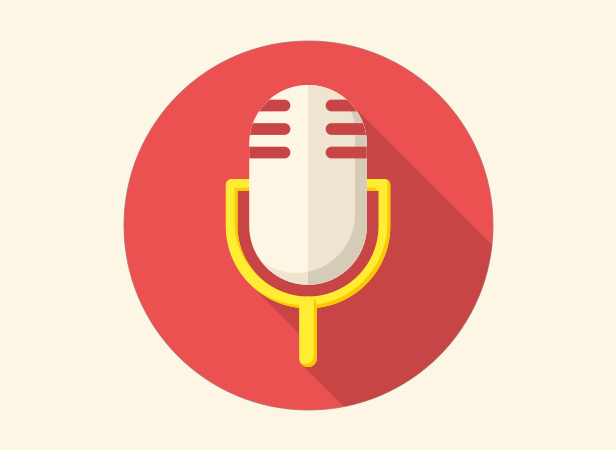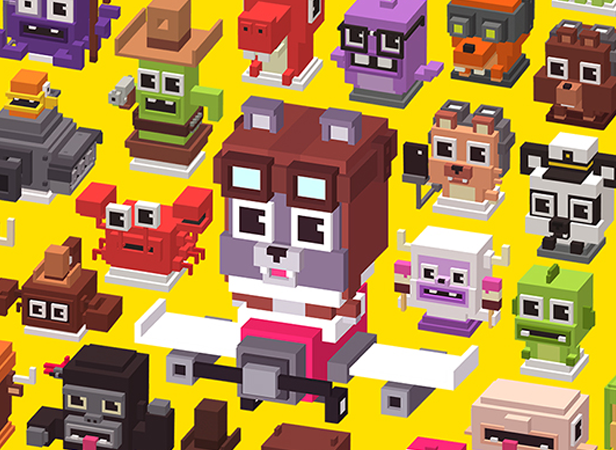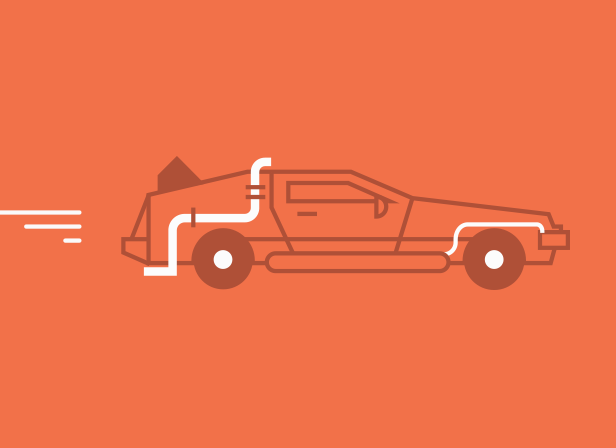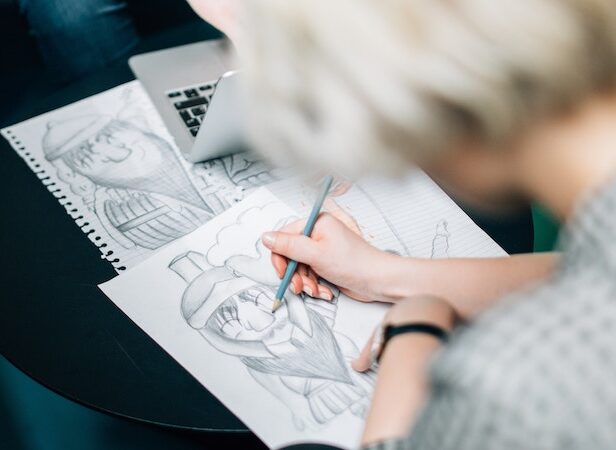Category
Strategies
#Live Ops
Live Ops Strategies For Free To Play Games
Launching a new game is an undeniably exciting moment. After putting in the hard work, imagination, and effort that goes into a new title, you get to send it out into the world. But really, the work has barely begun, especially if you’re launching a free to play or F2P game that’s monetized based on ad revenue and/or in-game purchases. Once a game is launched, you should be optimizing, adjusting, updating, and reporting your progress throughout your game’s lifespan or existence, working to improve player retention as well as increasing downloads, getting lapsed players to return, and increasing the number and length of player sessions. All these activities and events meant to increase player retention and maximize the value of a game’s user base can be referred to as live ops. [bctt tweet=”What are live game operations and why may...
#Strategies
Getting into Free to Play Games: Lone Stone Studios Interview
There’s nothing like learning from the experience of other developers. That’s why we went ahead and interviewed a young mobile game studio who’s working on their first Free to Play title, City Invaders. We got in touch with Pierrick, the company’s co-founder. He shares his experience getting a mobile game studio started. Following on our recent 2-part article Launching a Mobile Game Business he shared some tips and several decisions the team took to hopefully make both the company and the game a success. Hi there! Could you tell us who you are and what you do at Lone Stone? Hi, I’m Pierrick Bignet, co-founder of Lone Stone studios, a game company that also provides web services. We are a small independent studio, so I’m both the game designer and one of the developers in the team. We all work on several different...
#Game Design
The 9 Do’s and Don’ts of Game Trailers
Editor’s note: as we discussed in Marketing Your Indie Game on a Zero-Dollar Budget and How To Create Immersive Game Intros, your game’s trailer is one of your most powerful marketing assets. Whether it’s for your website’s visitors, who want to get a sense of how the game feels, or more importantly for the press, who will use it to decide whether they want to cover your game or not. This article will help you showcase your game in the best possible light. Game trailer fundamentals Your game trailer shows what the game is, and it has the power to drive emotion and interest before people get a chance to try out your game. It provides you with an arsenal of visual and audio tools to turn viewers into players. The structure of your trailer will likely always be the same. It will: Start...
#Strategies
5 Tips to Improve Your Game’s User Experience
What is UX Design? User experience – or UX – is often a domain we don’t know too much about as game developers. It isn’t big in games yet. However, it’s a common role in software development teams, and for a good reason. UX designers are an essential bridge between the engineers and the users. Their role is to make the program clearer, and as intuitive as possible. Games are applications as well. We want the user – the player – to be able to pick up the game by himself. To overcome challenges on his own. In other words, we want his experience – the user’s experience – to feel great and seamless. If the game designer adds features and mechanics to the game, the UX designer subtracts anything clunky, that adds noise, to make the game more enjoyable....
#Game Design
Shooting for the Stars: How the devs behind Crossy Road and Shooty Skies became mobile masters
Andy Sum began making games as little more than a hobby more than a decade and a half ago. Sum, who has been one of the leading forces behind two of the biggest mobile hits of the last two years – Crossy Road and relatively new kid on the block Shooty Skies – spent years developing titles for his own entertainment and didn’t actually release his first game commercially until 2009. “My first release was called Faerie Solitaire for the guys at Big Fish Games,” opened Sum, who sat down to talk to us at GameAnalytics about his career to date. “You could say it wasn’t the type of game I’d play myself, but it’s done well. You can still play it today, actually.” Faerie Solitaire didn’t actually fire the starting pistol on his career, however, with Sum – who...
#Strategies
5 Things Devs Need to Know: What’s going to happen in games in 2016
In this topsy turvy industry, there’s one thing we can all be sure of: change is coming. Since the App Store first rolled out in 2008, change is pretty much all the games industry has known, though the new kids on the block don’t always end up staying around too long. One month, all the games press is talking about is Ouya, then suddenly we’re back on to Smart TVs and then…well, we don’t really need to explain what happened to both of those formats, but safe to say they’re no-one’s priority now. The question remains, however, as to just what’s coming next. When 2016 bursts into life in just a few months, what will rule the roost for the following twelve months? What new services will be kingmakers, and what new products will developers need to target in the...
#Game Design
3 Simple Steps To Improve Your Game’s Graphics
We have a strong tendency to judge a book by its cover. It takes but a split-second for our opinion of a website or any visual design to be tainted, positively or negatively. Coming up with both an appealing art direction and some efficient UX design is no easy task. When someone discovers your game, their first experience is shaped by your art. They likely see a picture of it first, be it from a screenshot, a video, or your game in action. So if you ever wondered why studios bother spending big money on polished art, now you know. But what are we talking about exactly? Resonant visuals are more than just detailed graphics. They have to be both beautiful and meaningful to players. In practice, your game’s aesthetics encompass both the principles of design and your overall art style....
#Strategies
10 Tips For A Great First Time User Experience (FTUE) In F2P Games
Someone has chosen your app over the 1,500,000 other apps in the App Store or on Google Play. That’s fantastic! The next couple of moments after a user downloads a free-to-play (F2P) game are critical. Users are fickle and it takes a compelling introduction to keep them coming back. Worse yet, the cost of downloading another app is also $0 and takes just a few taps and a few seconds. In order to engage users, game developers should focus on the first time user experience. This is one of, if not the, most crucial parts of any F2P mobile game. The tutorial helps onboard users, convinces them your game provides value, improves retention and helps convert non-payers to paying users. The following tips will help measure and improve the first time user experience in your F2P game. 1. Make Getting...
#Game Design
11 Tips to Speed Up your Game Design Process
At the start of a project, everything has yet to be done. There are loads of tasks at hand, and it is hard to tackle them in the right order. As a game designer, our job involves some writing. Often a lot of writing. The large, almighty Game Design Document is a myth. I am talking here of a hypothetical file that would contain every bit of information there is to know about a game. For larger teams, they are too many elements to record and keep track of to have them all compiled in a single document. And sections of a GDD are relevant but to a small portion of the development team. Documents are less than ideal when it comes to assembling coherent networks of information. But we still have to write a lot in the pre-production phase of a game....
#Ads & Monetization
42 Ways to Monetize Your Mobile Game
It seems that forty-two is not only the answer to "life, universe and everything". It is also the answer to your monetization strategy. Read these 42 tips that Yaniv Nizan has to share on making your game profitable.









